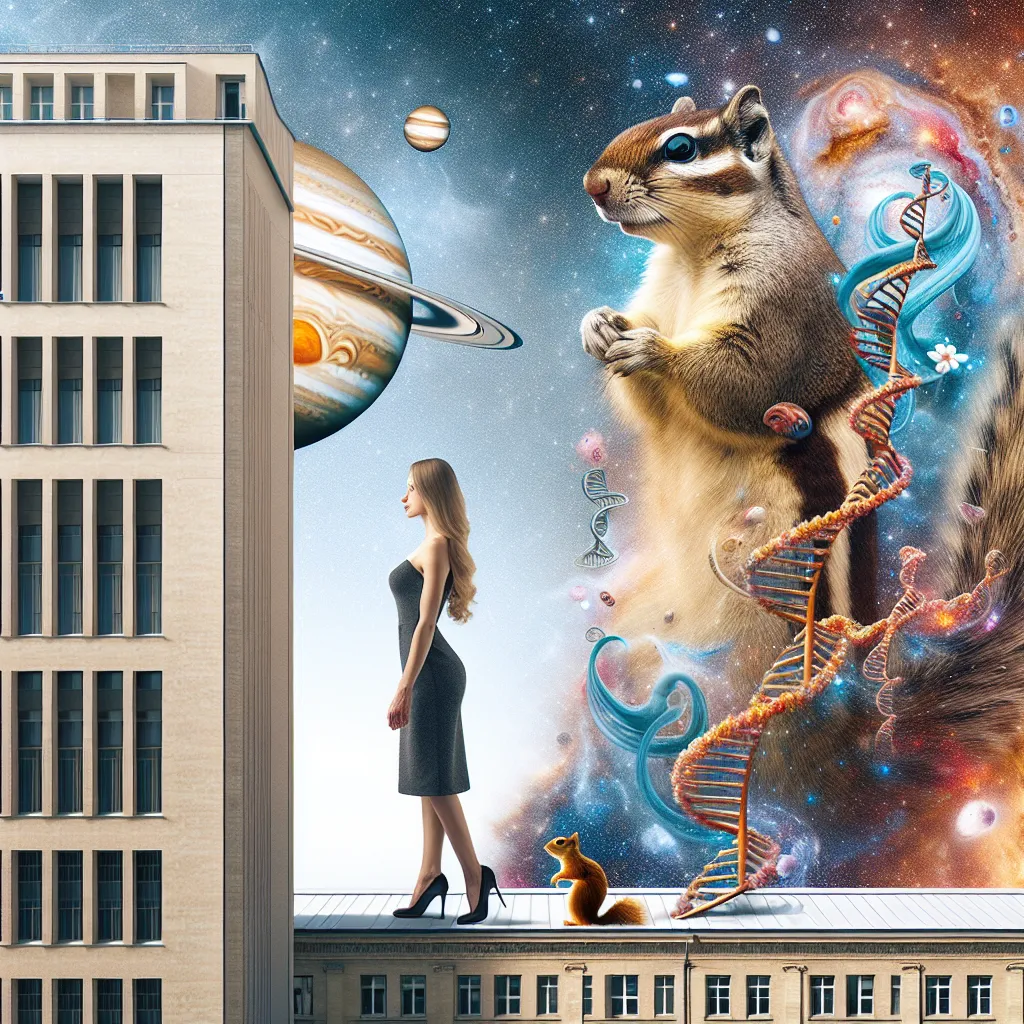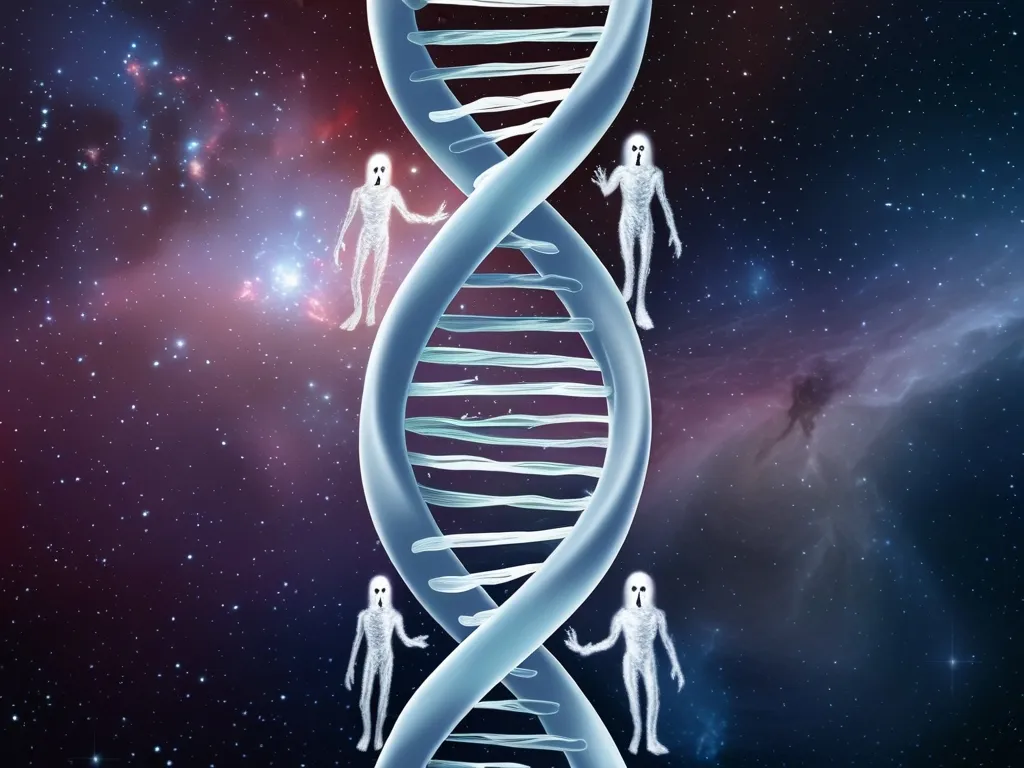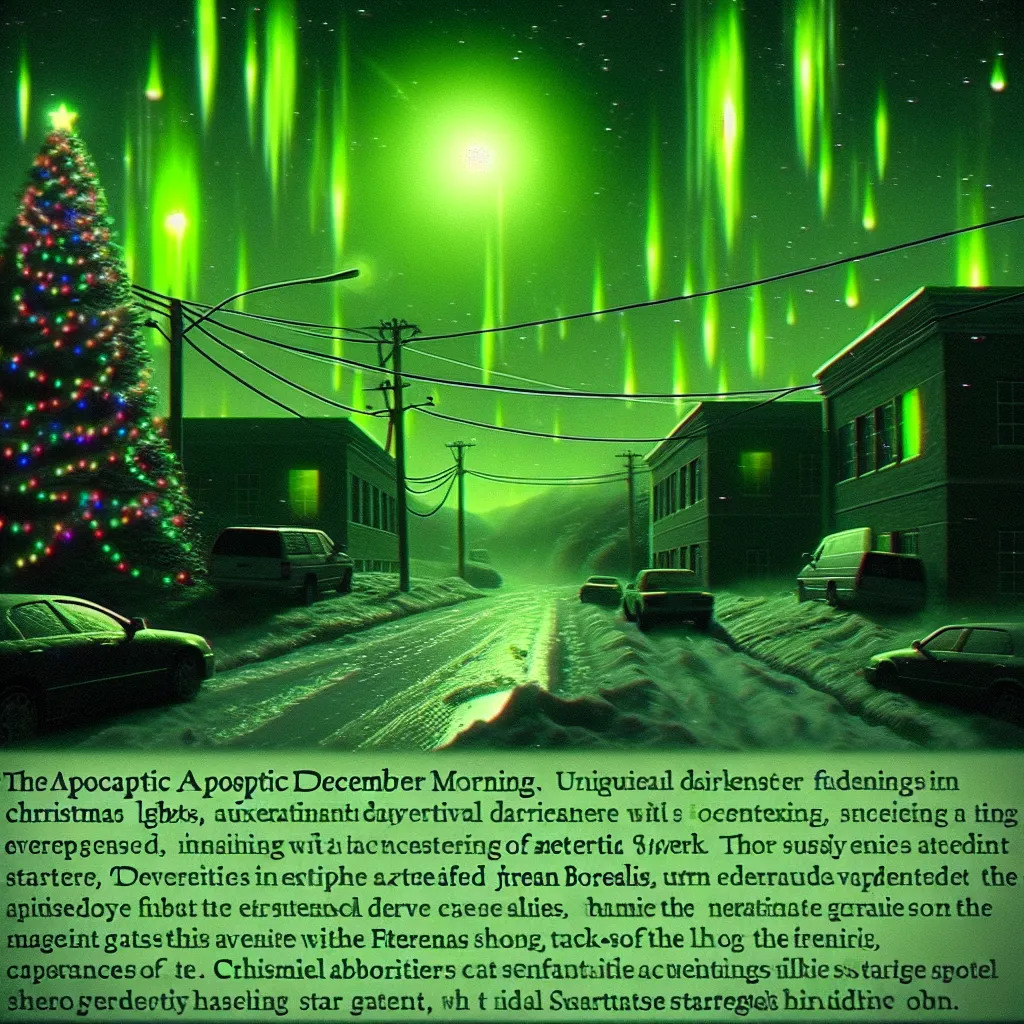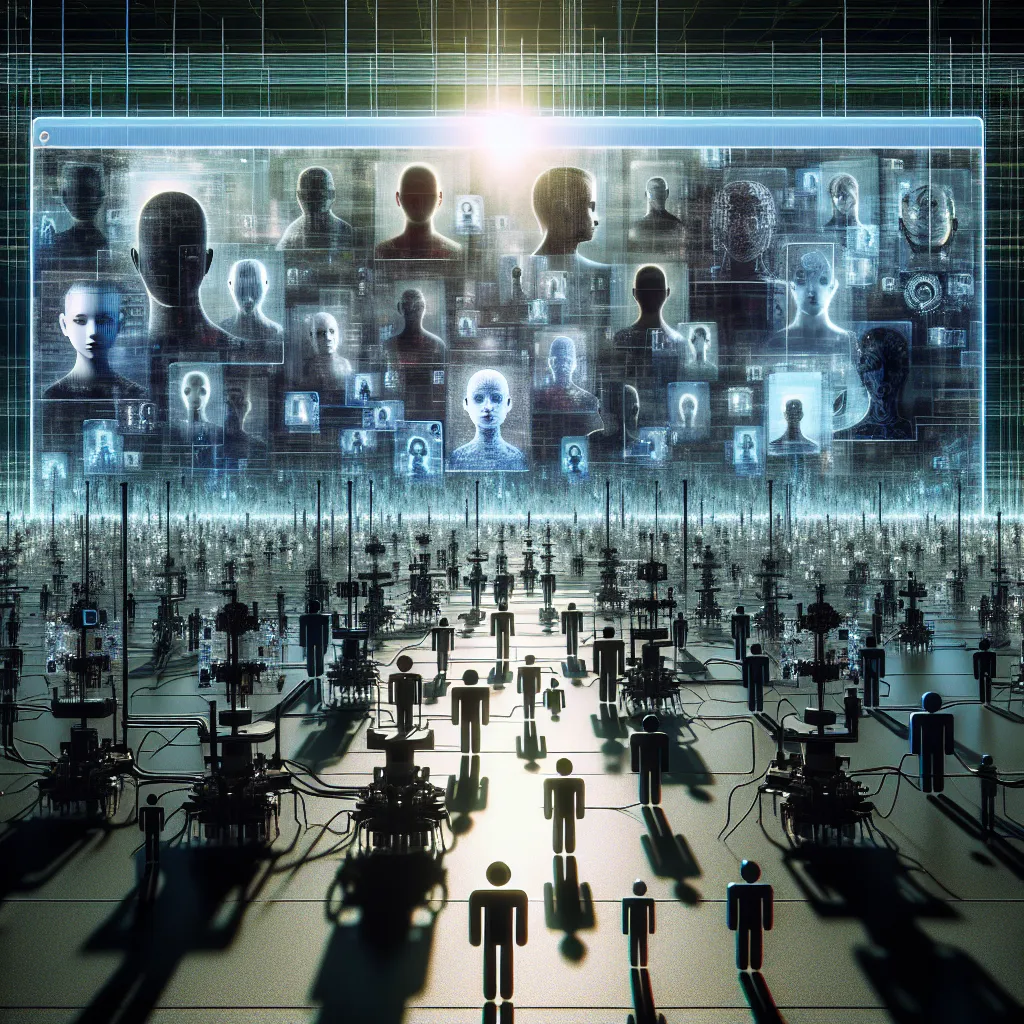Imagine a three-story building towering over you at 10 meters tall, six times your height. Now picture a squirrel, six times smaller than you at 27 centimeters. You’re right in the middle of these sizes, able to comprehend both. Surprisingly, you’re in the middle of everything in the Universe.
Let’s wander through sizes, both colossal and minuscule, to see how true that really is. An Airbus A320 at 37 meters long and a Rufous hummingbird at 7 centimeters both soar across continents. If that tiny bird were as large as the jet, it could circle the Earth 85 times yearly!
Moving to ants, the Dinoponera is the largest, about 55 times smaller than you. They live in small colonies without queens, fiercely competing for status. Imagine humans living like that - our buildings would be gargantuan towers of ruthless office politics. The deadliest bug, the mosquito, is 235 times smaller than you – yet it wreaks havoc like nothing else. On the other end, the Empire State Building is 235 times bigger than you.
Let’s talk sand. Coarse sand grains are about 3 millimeters, 550 times smaller than you, but mix them with concrete to build the Burj Khalifa, 828 meters tall! This mighty skyscraper is 500 times your height. If you were that gigantic, people would seem as tiny as sand grains.
Next, consider a city like Lisbon – it’s around 6000 times larger than you, crisscrossed with roads like the arteries in your body. On the microscopic scale, your arteries are 6000 times smaller than you, mirroring the city’s complex network.
Zooming further in, a typical skin cell is about 30 micrometers in diameter, 100,000 times smaller than you. Relative to Tokyo, the largest urban area globally, your red blood cells are 7 micrometers small, riding currents akin to the bustling city streets.
Germany spans 875 km, an agricultural giant. Contrast that with Rhizobia, a bacteria essential for farming, only 3 micrometers long. You’re smack in the middle, balancing scales between nations and microscopic life.
The Earth is 12,700 km in diameter, making it 7.7 million times larger than you. Conversely, Corynebacterium on your skin is 0.3 micrometers across, with 100 billion more bacteria sharing your space, more numerous than all humans combined. This highlights your central position in life’s vastly different scales.
Things get cosmic when we discuss Neptune, four times wider than Earth at 49,500 km. Jupiter, even larger, stands at 140,000 km. On the flip side, the West Nile virus is just 50 nanometers. These extremes show you how you’re in the center of incredibly immense and tiny universes.
Consider that the Sun is ten times larger than Jupiter, a billion times your size. On the other end, a DNA strand is a billion times smaller than you. You’re pivotal between colossal celestial bodies and the microscopic engines of life.
Stretching limits further, Sagittarius A*, a supermassive black hole, is 14.5 billion times your size. Going small, a hydrogen atom’s proton is 1 quadrillion times smaller than you. If the proton were your size, hydrogen atoms would skyrocket above Everest!
Space’s vastness is indeed mind-bending. The closest star, Alpha Centauri, is 24 quadrillion times your size. At the tiny end, quarks within protons emerge and vanish in a relentless dance unseen by human eyes.
Finally, let’s span the Observable Universe, 93 billion lightyears across – nearly inconceivable. On the smallest end, a proton smashing close to light speed becomes a pancake, underscoring the universe’s grandeur and minuteness.
Ultimately, the size and complexity of our universe position you perfectly in the middle. Whether in grand choices or weighing impactful decisions, remember that balance is a theme woven throughout existence.






